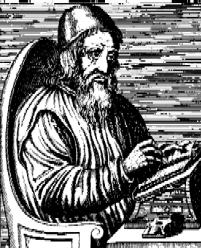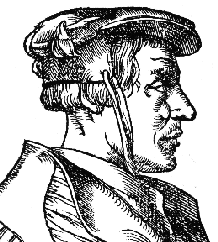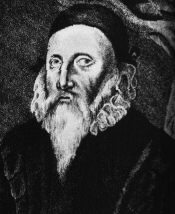Selling CD but may be of use as they have bits and pieces shared.
http://esotericarchives.com/esoteric.htm
http://esotericarchives.com/esoteric.htm
 | Twilit Grotto: Archives of Western Esoterica | * | |||||
       My books  Top 20 | In 1453, Constantinople fell to the Turks, ending the Byzantine empire. This date also marks the beginning of the Renaissance, since the waves of Greek refugees spread knowledge of Greek throughout Europe. Included with the newly available Greek manuscripts were the Corpus Hermetica, Plotinus, and the works of the Neoplatonists. Shortly thereafter in 1492, Isabella and Ferdinand expelled the Jews from Spain. This sent waves of Jewish refugees throughout Europe, spreading knowledge of Hebrew and of the Kabbalah. Renaissance philosophers sought to integrate these traditions with the view of unifying the rapidly disintegrating religious factions and also ending the constant political strife. Thus they are the forerunners or prophets of the Rosicrucian and Illuminati movements.
|





No comments:
Post a Comment